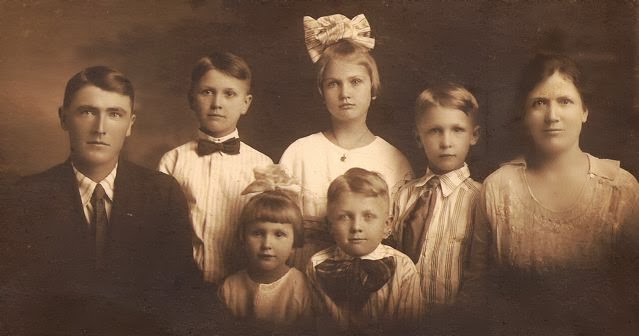“After Ma had seen them all tucked in bed and had gone
downstairs, they heard and felt the blizzard strike the house. Huddled close
together and shivering under the covers they listened to it. Laura thought of
the lost and lonely houses, each one alone and blind and cowering in the fury
of the storm. There were houses in town, but not even a light from one of them
could reach another. And the town was all alone on the frozen, endless prairie,
where snow drifted and winds howled and the whirling blizzard put out the stars
and the sun,”
1
writes Laura Ingalls Wilder about the long winter of 1880-81 in South Dakota.
The blizzards started in October and lasted through April.
Nearly everyone has a "worst winter" memory. Now that Indiana has had a record snowfall of 51.6 inches as of
Saturday, February 15, we can hope this long winter is drawing to a close. Snows, one after another arriving almost weekly, have layered our yards since early
December. We've heard our share of howling winds, but
mostly the snow has sifted to the ground in big soft flakes or sometimes heavy
wet ones. We are tired of snow. Recently, a friend heard her
grand-niece pray: "Dear Lord can you please stop
the snow we are just sick of it, just sick of it. It is very beautiful but
could you put spring on. I love you Lord amen." We agree, God. Please “put spring on.”
"But the blizzard of 1978 was the worst," I've heard people say. Until this year, it seems to have been the "bad one" in the memory of many Hoosiers.
My husband and I were living in Virginia that year, but we traveled back to
Indiana to spend Christmas with his family, and I remember the long return
drive to Virginia through the white and blowing snow. We were young and undauntable
then and weather conditions didn’t hinder our plans
In my parents’ memories, the worst winter was 1948-49 in
Nebraska. The snows came in waves, one blizzard after another, starting in
mid-November and lasting through March. They pounded Nebraska, Kansas, Colorado,
Wyoming, South Dakota, and Iowa.
In
February, a bulldozer driver for the National Guard noted, “Cattle sheds were
packed full of snow. Snowdrifts were as high as the windmill towers, even up to
the fans in places. At the ranchhouse where [the drivers] spent the night, snow
was up to the top of windows around the house, so high the men couldn’t see
out.”
2
Mostly however, instead of depth of snow, records focused on loss of livestock
(hundreds of thousands) and people (seventy-six)
,3
astonishing numbers!
At age 2 ½ at that time, I don’t remember much about it, but
my parents took pictures of the house and farm buildings where we lived near
Winside, Wayne County, in northeastern Nebraska. The drifts surrounded the
house and nearly covered the outbuildings.
 |
| Left to right: my
sister Verna, age 6; me, age 2 ½; my mother holding my little sister Regina age
about 15 months; and my brother Vance, age 9. There's the chimney behind my brother. |
"From the henhouse,” they
could see only the chimney of the house, my dad noted on the back of the
picture.
 |
| The henhouse on
left, Verna standing on snowdrift. |
 |
| My mother, my sisters
and brother, and I sheltered under a big drift next to house; note the sled. |
 |
| The outhouse nearly
covered by snowdrift. Yes, we had an outhouse! |
 |
| View of house from
the road, Winter 1949. |
 |
| Another view of the
house. |
 |
| Last but not least,
my dashing dad stands against the backdrop of a snowdrift: Verne Clinton Troutman, 1949. |
They couldn't get to town for days on end, my mother said, but somehow they managed to trudge across the snow to share warmth and laughter and food with a young couple on the next farm, Don and Dottie Wacker. And the spring came at last--and the floods.
1 Laura
Ingalls Wilder,
The Long Winter (New
York: Harper Collins Publishers, Revised Harper Trophy edition, 2007, first
published in 1940), 278.
2 Roy V.
Alleman,
Blizzard 1949 (Grand Island,
Nebraska: NebraskaWealth.org, 1991), 181.
3 Alleman,
Blizzard 1949, 192.








No comments:
Post a Comment